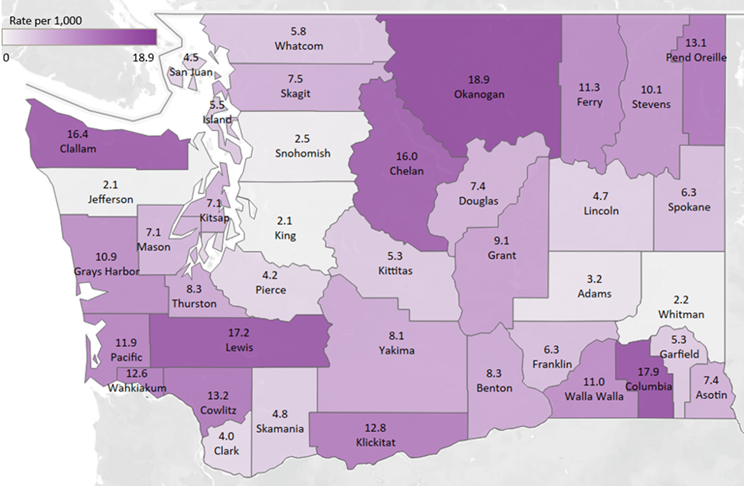Disparity in Juvenile Rehabilitation
Disparity in Juvenile Rehabilitation
Please visit DCYF’s Office of Innovation, Alignment, and Accountability’s (OIAA) Juvenile Rehabilitation Agency Performance dashboard to explore measures of disparity including Room Confinement & Isolation (RCI), Community Facility Placement, Discretionary Parole Placement, and Dialectical Behavior Therapy.

